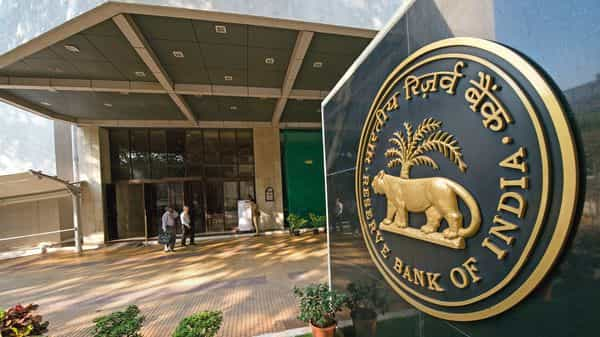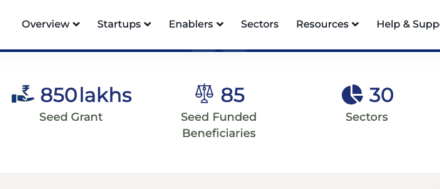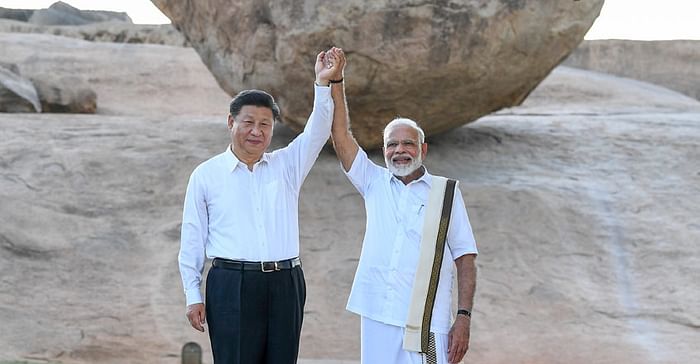In its annual report for 2020-21, RBI noted that India”s equity prices have surged to record highs, with the benchmark index Sensex crossing the 50,000 mark on January 21, 2021 to touch a peak of 52,154 on February 15.
This represents a 100.7 per cent increase from the slump just before beginning of the nationwide lockdown (since March 23, 2020) and a 68 per cent rise over the year 2020-21.
“This order of asset price inflation in the context of the estimated 8 per cent contraction in GDP in 2020-21 poses the risk of a bubble,” RBI warned .
The stock markets are mainly driven by money supply and foreign portfolio investor (FPI) investments, the apex bank said.
In 2020-21, domestic equity received highest-ever FPI inflows at Rs 2.74 trillion ($37 billion). The previous record for highest-ever FPI flows for a financial year was in FY13, when overseas investors had pumped in Rs 1.4 trillion ($25.8 billion), as per data provided by NSDL.
It also noted that the widening gap between stretched asset prices relative to prospects for recovery in real economic activity has emerged as a global policy concern.
Also, economic prospects contribute to movement in the stock market, but the impact is relatively less compared to money supply and FPI, it added.
According to RBI, the liquidity injected to support economic recovery can lead to unintended consequences in the form of inflationary asset prices, thus providing a reason that liquidity support cannot be expected to be unrestrained and indefinite.
It, therefore, suggested that there is a need for calibrated unwinding once the pandemic waves are flattened and real economy is firmly on the recovery path.
The apex bank said the rise in equity prices from 2016 to early 2020 was mainly supported by a drop in interest rates and equity risk premium (ERP) with increase in forward earnings expectations contributing to a lesser extent.









